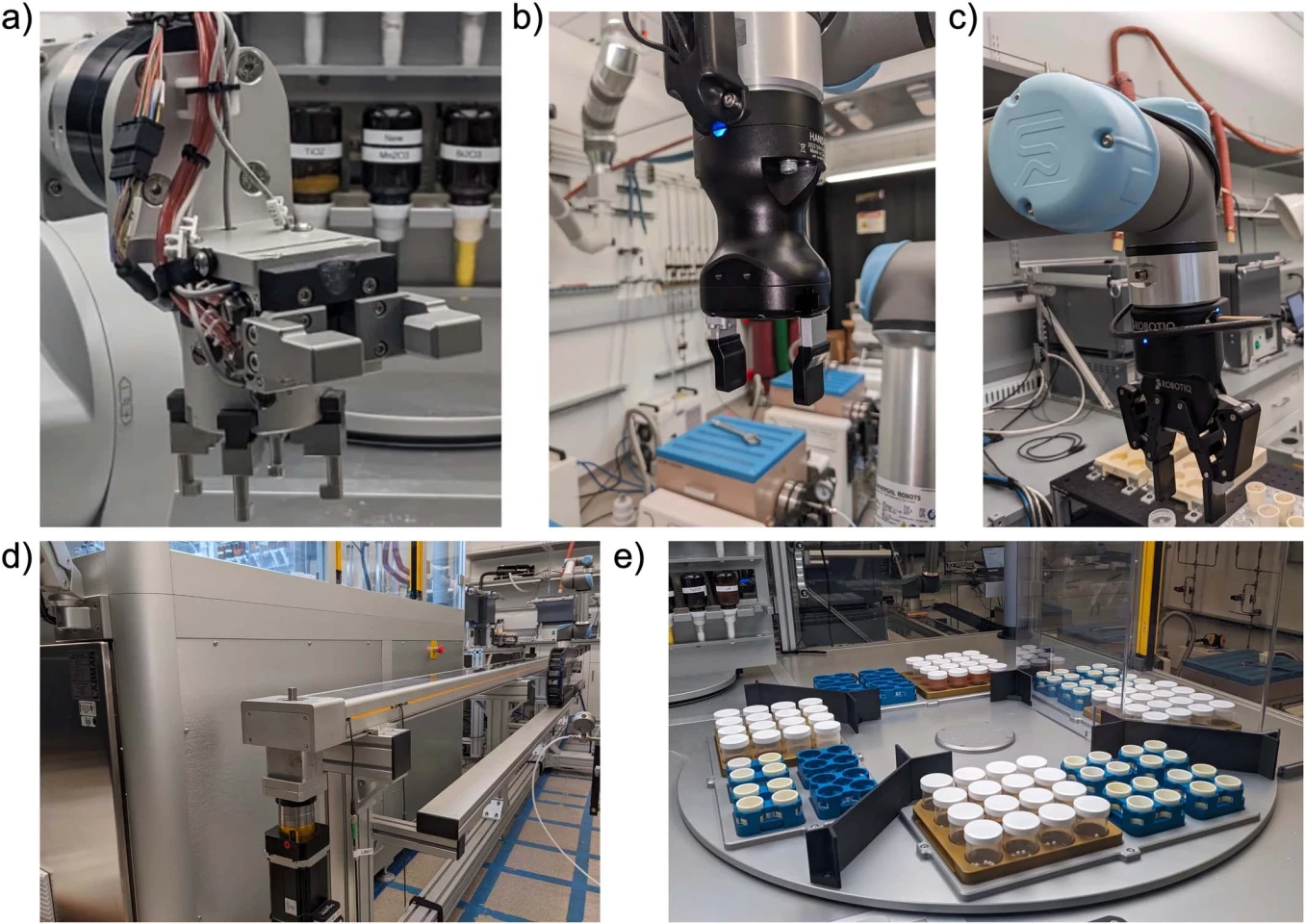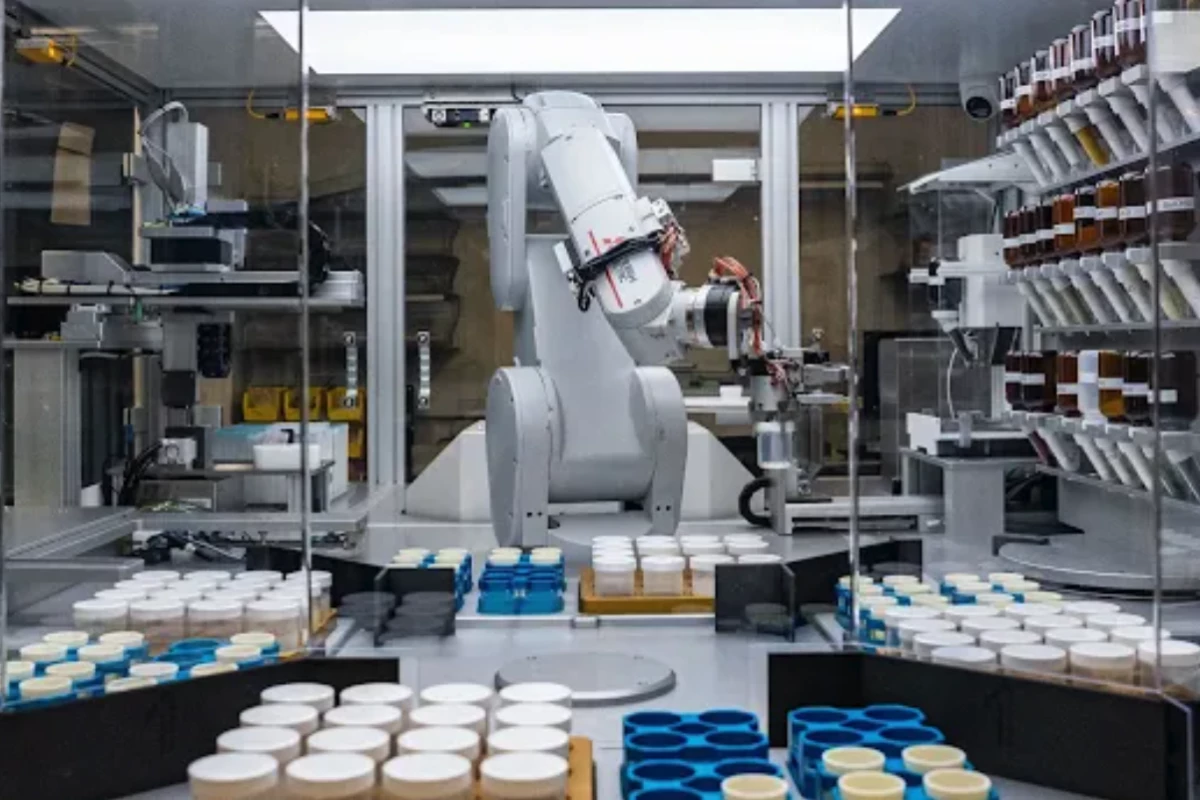Prepare for a radical acceleration in technological development. A Google Deepmind AI has achieved "an order-of-magnitude expansion in stable materials known to humanity," finding about 800 years' worth of new materials with revolutionary potential.
The discovery of new materials with unusual properties can start technological snowballs rolling that eventually push society in new directions – but up to this point, it's been a painstakingly slow process involving a lot of trial-and-error experimentation.
Inorganic crystal materials, for example, may show enormous promise once you first synthesize them, but all this potential could lead nowhere if the crystals don't remain stable; it's no good discovering that a new crystal could improve the performance of batteries or electronics if it's going to fall apart and degrade.
And that's where Deepmind's Graph Networks for Materials Exploration (GNoME) deep learning tool has just made an announcement that promises to be enormously disruptive.

The GNoME tool has discovered no less than 2.2 million new inorganic crystals, and identified 380,000 of them as the most stable, giving researchers a pre-filtered list of new materials to go away and synthesize for experimental research. Some 736 of them have already been created independently in research labs around the world.
"Among these candidates," reads a Google Blog release, "are materials that have the potential to develop future transformative technologies ranging from superconductors, powering supercomputers, and next-generation batteries to boost the efficiency of electric vehicles."
Among the new discoveries are "52,000 new layered compounds similar to graphene that have the potential to revolutionize electronics with the development of superconductors," continues the Deepmind team. "Previously, about 1,000 such materials had been identified. We also found 528 potential lithium ion conductors, 25 times more than a previous study, which could be used to improve the performance of rechargeable batteries."
It's making all GNoME's discoveries and predictions available to the Next Gen Materials Project, where Deepmind sourced much of the training material for the AI, and Google is giving researchers free access to the data so people can start creating and experimenting on the new materials.
While other AI systems have done significant work in discovering new crystals, the GNoME system has now done it at unprecedented scale, and with unprecedented accuracy in predicting which crystal structures will be stable enough to be worth experimenting on.
The end result will be a radical reduction in wasted time; researchers will be able to focus their efforts on an enormous treasure trove of new material structures that won't lead to nearly as many dead ends due to crystal instability.

What's more, the Deepmind team has also worked with Berkeley Lab to create and demonstrate a robotic laboratory capable of synthesizing these new crystals autonomously. In a paper published today, the Deepmind team reported that the robotic lab has already successfully synthesized 41 of these new materials – the potential for further acceleration here is remarkable.
This pair of projects could unlock untold paths of technological development – and they're a stark demonstration of the radical upheaval that artificial intelligence systems are already beginning to trigger in nearly every area of life. Buckle up, folks!
The crystal discovery paper and the autonomous lab paper are open access in the journal Nature.
Source: Google Deepmind






